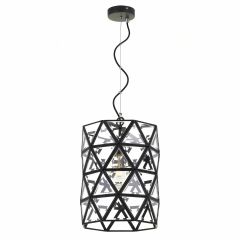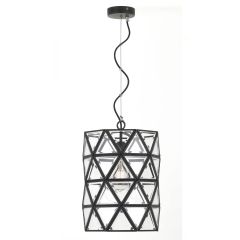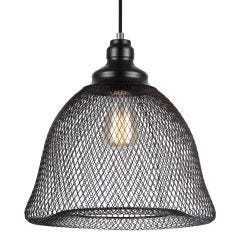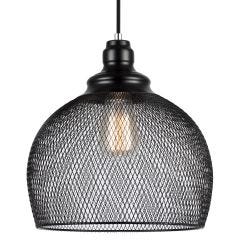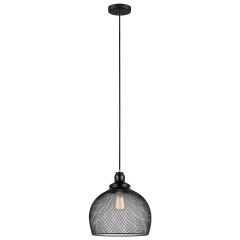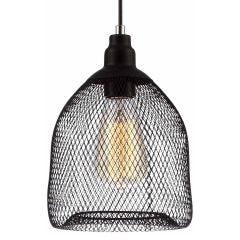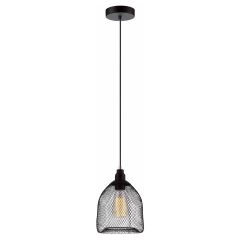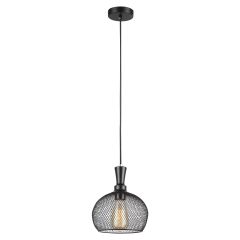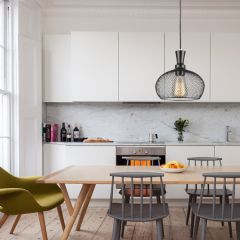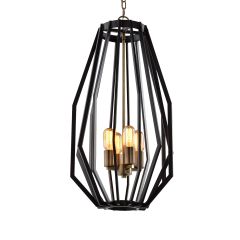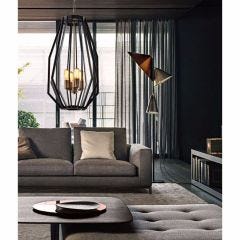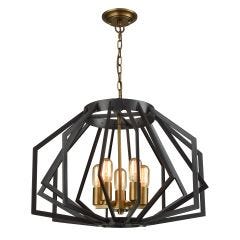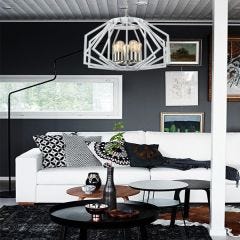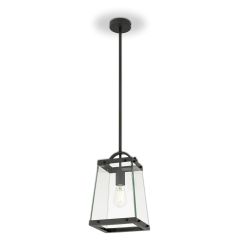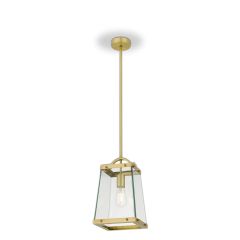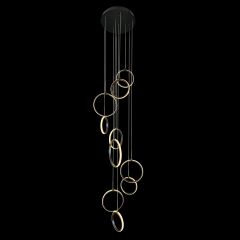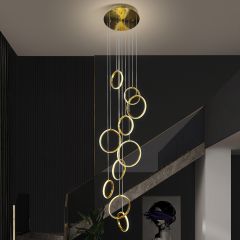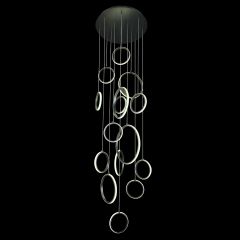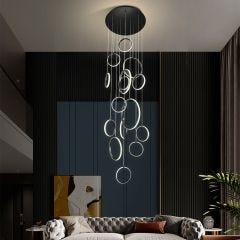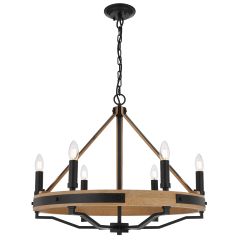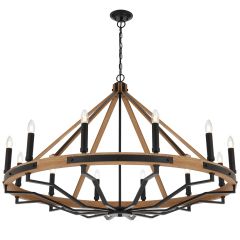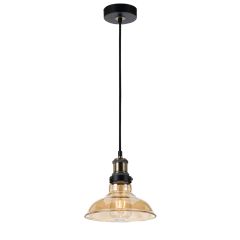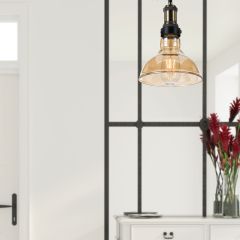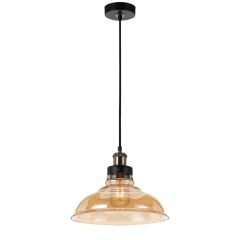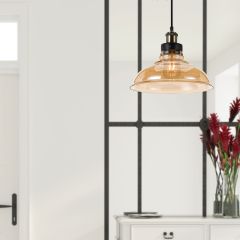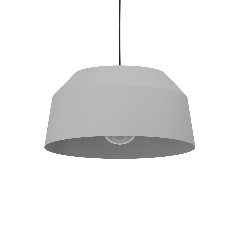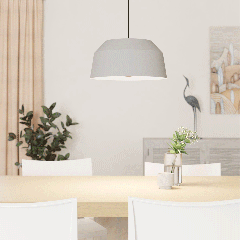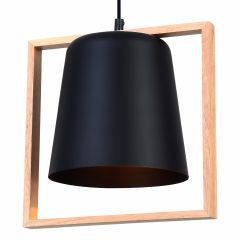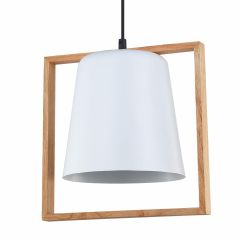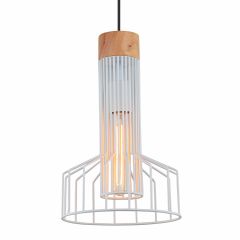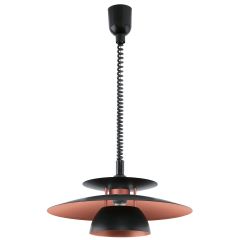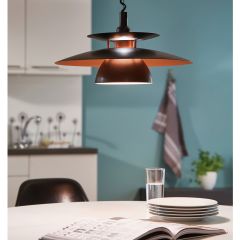The most common types of metal used in pendant lighting are:
Aluminum: Aluminum is a lightweight and versatile metal commonly used in pendant lights. It is prized for its affordability and corrosion resistance. Aluminum pendant lights often have a modern and sleek appearance due to the metal's ability to be easily shaped and finished. These lights can be found in contemporary and industrial-style settings, thanks to their clean lines and reflective surfaces.
Stainless Steel: Stainless steel is known for its durability and resistance to corrosion, making it a popular choice for pendant lights in areas with high humidity or salt exposure (316 Stainless Steel). Its shiny and polished surface gives it a modern and minimalistic look. Stainless steel pendant lights are often found in kitchens and bathrooms, where they can complement stainless steel appliances and fixtures.
Brass: Brass pendant lights exude a sense of elegance and sophistication. Brass has a warm and timeless appearance and can be finished with various treatments, including polished, antique, or brushed. These lights are often used in traditional, vintage, or even contemporary settings, adding a touch of luxury and character to the space.
Copper: Copper pendant lights offer a unique and eye-catching aesthetic due to their reddish-brown color that naturally develops a patina over time. This patina adds character and rustic charm to the lighting fixture. Copper pendant lights are commonly seen in rustic, industrial, and farmhouse-style interiors, as they can create a warm and inviting atmosphere.
Iron: Iron pendant lights are known for their sturdiness and versatility. They can be designed with intricate scrollwork or kept simple and minimalistic. Iron pendant lights often find their place in traditional, industrial, and even Gothic-style interiors. They work well in spaces with high ceilings and provide a sense of grandeur.
It's important to note that the choice of metal for pendant lights should align with the overall design and style of the space. Additionally, the finish of the metal, whether it's polished, brushed, or patinated, can significantly impact the light's appearance. Other factors to consider when selecting pendant lights include the size and shape of the fixture, the type of bulb used, and the placement within the room, as these factors also play a role in how the light contributes to the overall ambiance.




